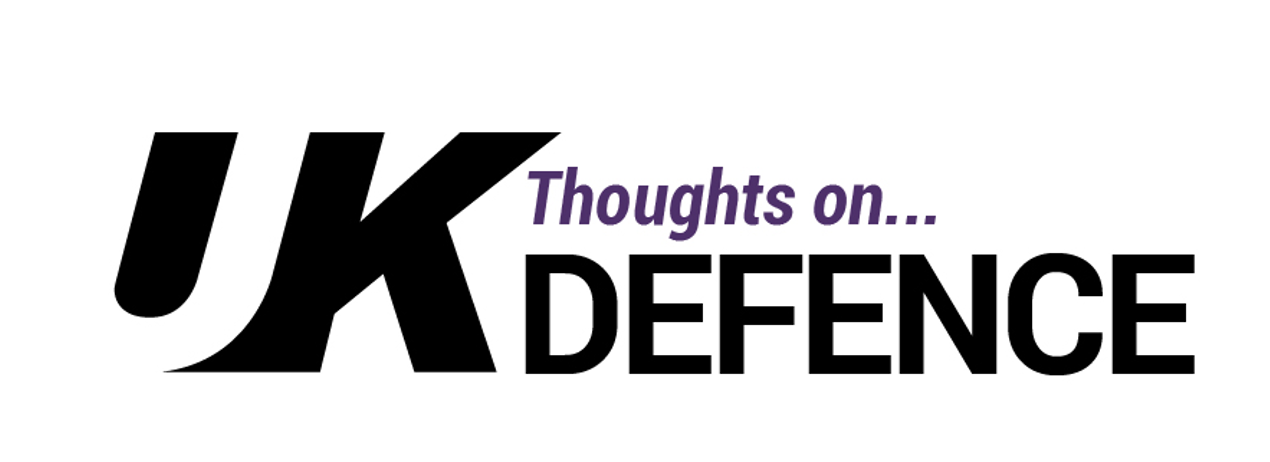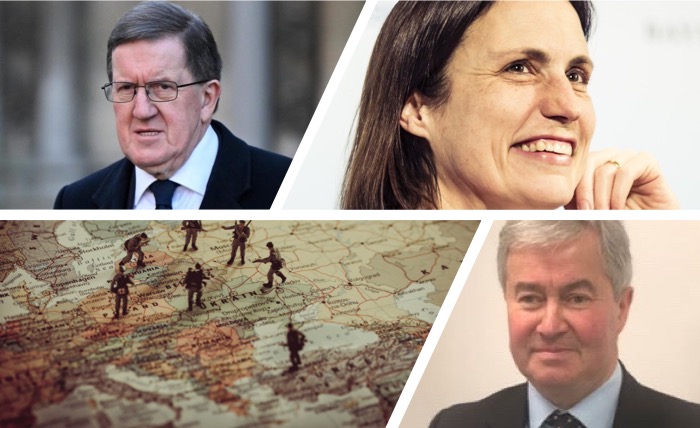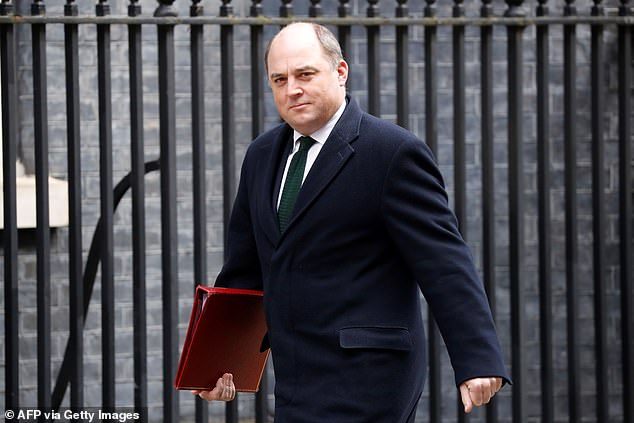On 25 October 2018, the then Secretary of State for Defence, Gavin Williamson (Conservative MP for South Staffordshire) announced that all roles in the military were now open to women. The ban on women serving in ground close combat roles was lifted in 2016 with the Royal Armoured Corps accepting its first female recruits in November 2016 and the Royal Air Force Regiment following in September 2017. Williamson’s announcement enabled women to apply for any role in the Royal Navy, British Army and Royal Air Force, including frontline infantry and special forces units. Williamson was quoted as saying “our armed forces will be determined by ability alone and not gender”, but how close re the armed forces to achieving gender equality? So how close are the armed forces to achieving gender equality? Is opening the door for women to all roles in Defence the final step, or does more need to be done?
Recent History of Gender Equality
The armed forces’ march towards achieving gender equality has been a long one. The first significant moves were made by the Royal Air Force in the late 1980s, with the acceptance of women into the flying branch. Anne-Marie Houghton (née Dawe) graduated as the service’s first female navigator in 1991 and, three years later, Jo Slater became the first female operational pilot. In the opening decade of this century, an increasing number of women saw active service in Iraq and Afghanistan, employed in numerous roles including medics, logisticians, bomb disposal technicians, forward air controllers and linguists.
A total of nine servicewomen lost their lives on Operations TELIC (Iraq) and HERRICK (Afghanistan), and the first combat gallantry medals were awarded. In 2007, Michelle Norris, an army medic, became the first woman to be awarded the Military Cross. The following year, Michelle Goodman became the female RAF pilot to receive the Distinguished Flying Cross, and in 2009 Kate Nesbitt became the Royal Navy’s first female recipient of the Military Cross.
However, the lifting of the ban on women serving in ground combat roles has not resulted in a flood of volunteers. In the ten months following its announcement, fewer than five female soldiers transferred into the infantry, and, in December 2019, it was reported that only one female recruit had signed up to the Royal Marine’s commando course. In addition, to date, only one female has completed the RAF Regiment’s 20-week gunner course.
Gender Equality Today
Today all three services are thoroughly aware of the importance of being recognised as equal opportunity employers and their strategic communications teams work hard to promote gender equality stories (see, for example, RAF engineer becomes most senior woman and Men used to run the army … now I give the orders). Moreover, both the Royal Navy and the Royal Air Force made it onto the list of the Times Top 50 Employers for Woman for 2019. Of course, in the quest to achieve gender equality, there is always room for improvement. Although the image below was taken from an event organised by Women in Defence UK, and the panel was co-chaired by two former servicewomen, the optics are terrible. Unsurprisingly, it attracted some sharp criticism on social media.

In October 2019, 15,650 (10.8%) of the 144,650 personnel serving in the regular armed forces were female; however, that is an increase of only 1.1% from seven years ago. The government has a target to increase female personnel to 15% of the total regular and reserves intake by 2020; the current figure is only just over 12%. If you examine the number of women filling the most senior ranks in 2019, the figures plummet. Only 5% of one-star officers (16 out of 320) were female. That percentage dropped to 4% for two stars (4 out of 99), and again to 3% (1 out of 33) for three stars. There were no female four-star officers. Out of 42 admirals/generals in the Royal Navy and Royal Marines, none were women. The British Army had two major generals out of a general officer cadre of 66. The Royal Air Force was only slightly better with one air marshal and two air vice-marshals from a total of 35 two, three and four stars.
What Can We Expect for the Future?
It should, of course, be recognised that recent efforts to achieve gender equality will not yield an immediate increase in female representation at the top of defence. Unlike the civilian market, the armed forces cannot recruit externally into its senior appointments, and it takes a good thirty years for anyone – male or female – to reach the top of the military promotion ladder. Changes made in the late 1980s are only just having an impact on the most senior ranks. As an example, Sue Grey – the first three-star female in any of the services – joined the Women’s Royal Air Force in 1985 and was promoted to air marshal in 2019.
There is, however, a final obstacle for female officers pursuing the pinnacle of their service. Service chiefs have always been war fighters: warfare branch officers in the Royal Navy; combat, or on occasion combat support officers, in the British Army, and aircrew officers in the Royal Air Force. There is no indication that this is likely to change in the foreseeable future. Although female officers have commanded Royal Navy warships, Army brigades, and Royal Air Force operational flying squadrons, their numbers remain extremely few, and even fewer have reached one-star rank and above. Indeed, at time of writing, the British Army has only two female combat support officers at or above one-star, and the Royal Air Force has only recently promoted its first female aircrew officer to air commodore. The Royal Navy has none.
Conclusion
Great strides have clearly been made, but how close are the armed forces to achieving gender equality today? As author and Army officer Hèloïse Goodley recently wrote, “new challenges such as cyber-warfare, artificial intelligence, global migration, humanitarian crises, and a shifting of the battleground away from remote frontlines to populated civilian areas necessitates a military that can think creatively, respects differences and challenges received norms. Women are crucial to realising the power of this diversity of the modern military.” That is true but there’s always more that can be done to achieve gender equality. For instance, under the armed forces’ current direction of travel, it’s still going to be a long time before we see a female First Sea Lord, Chief of the General Staff, or Chief of the Air Staff.






